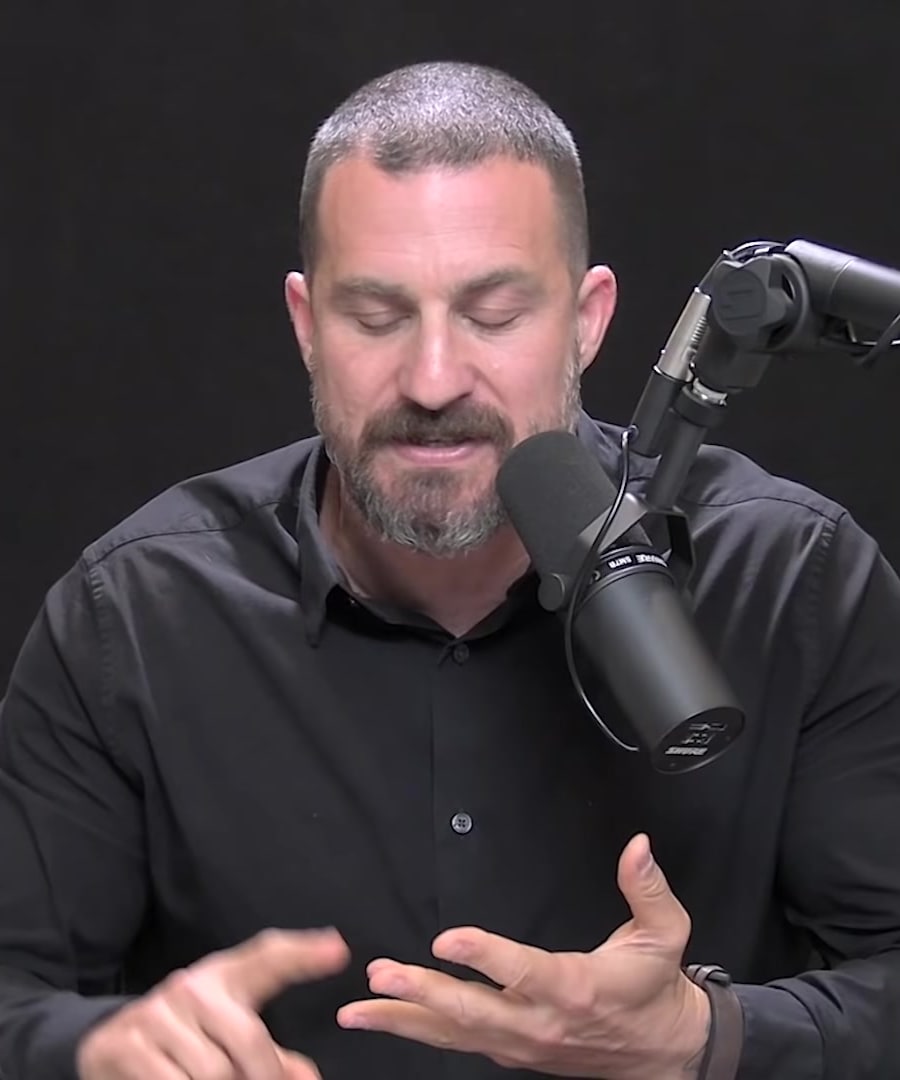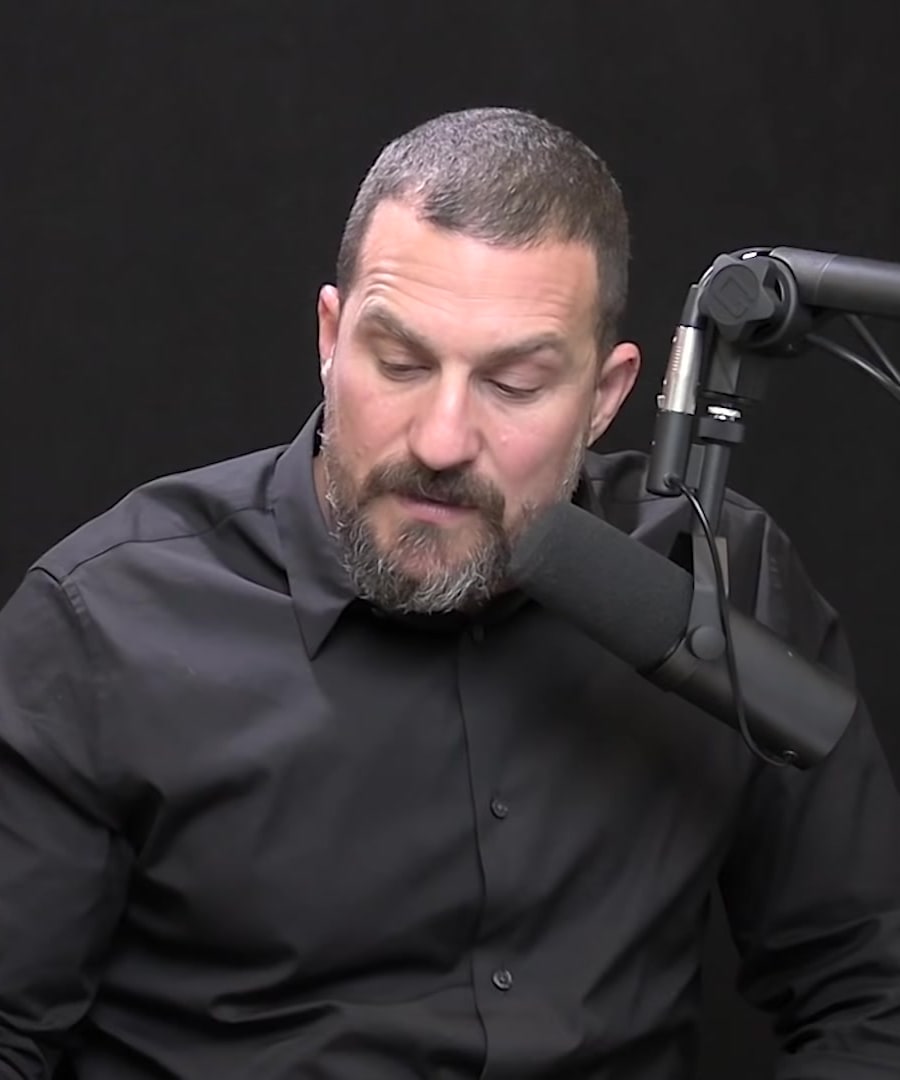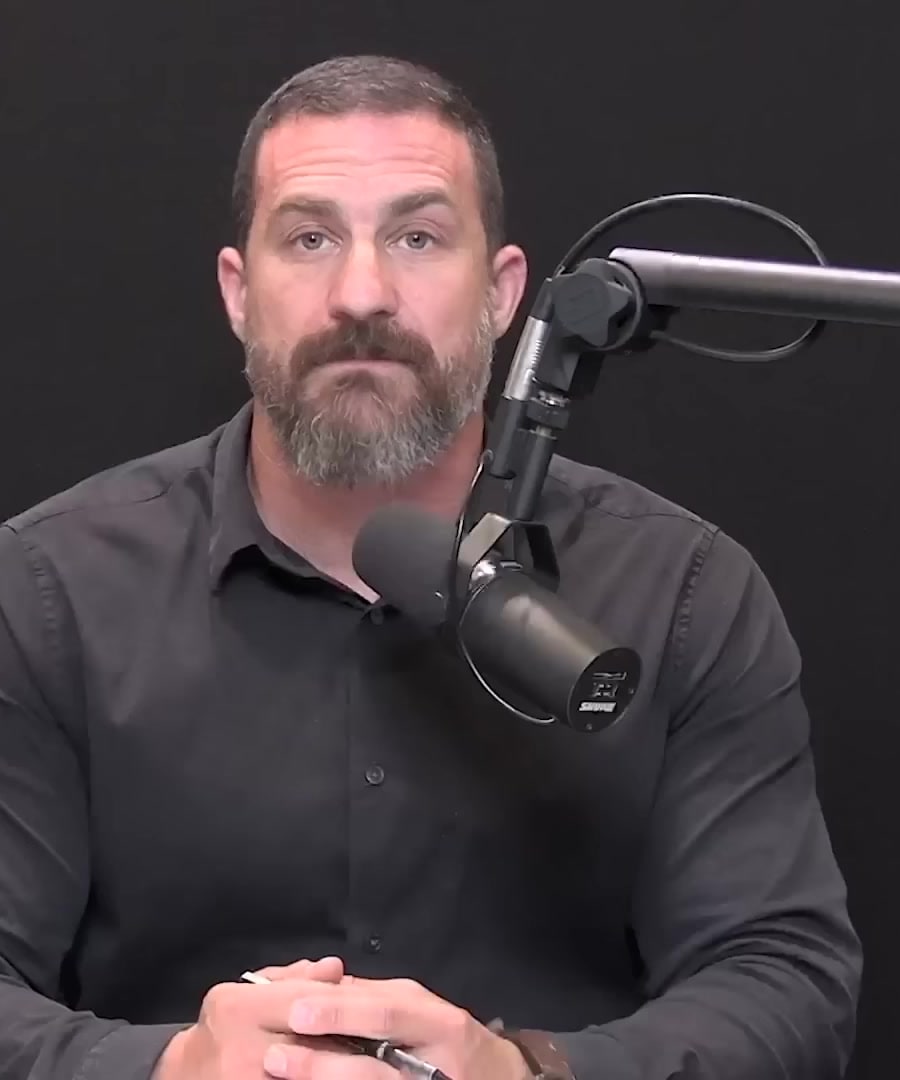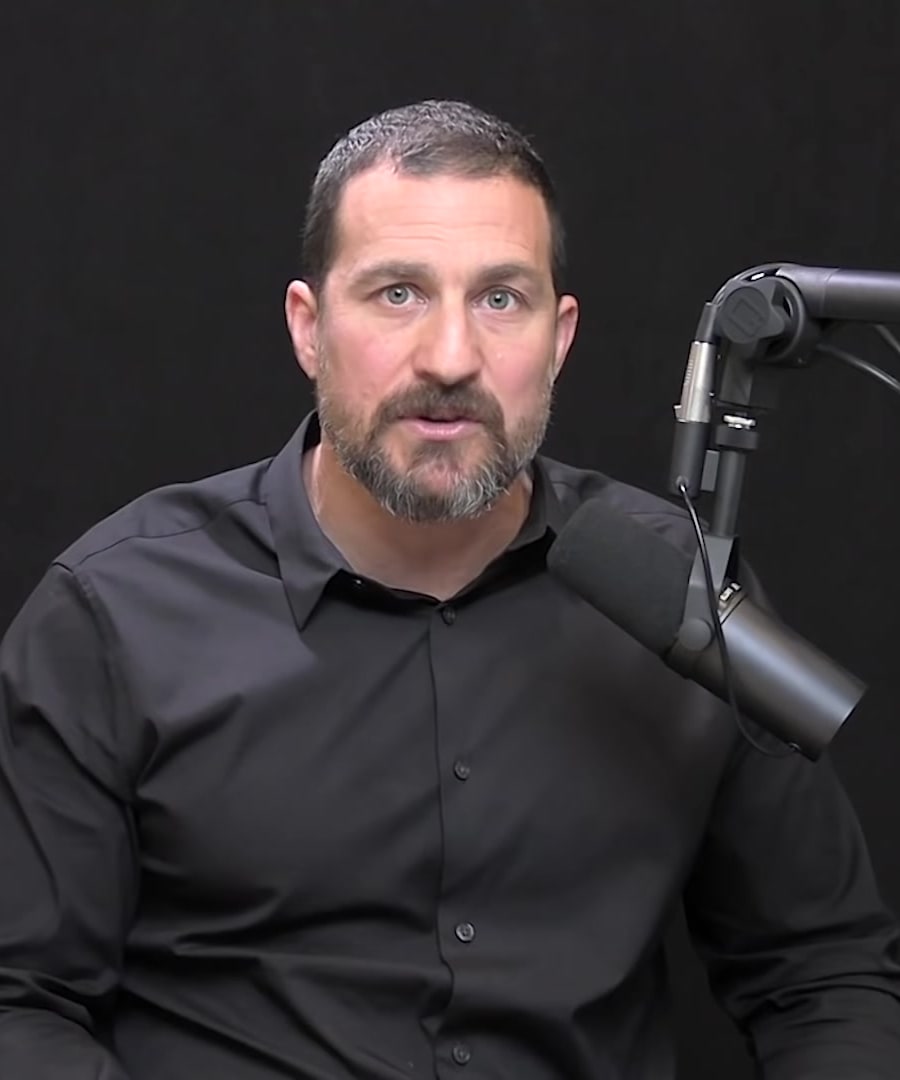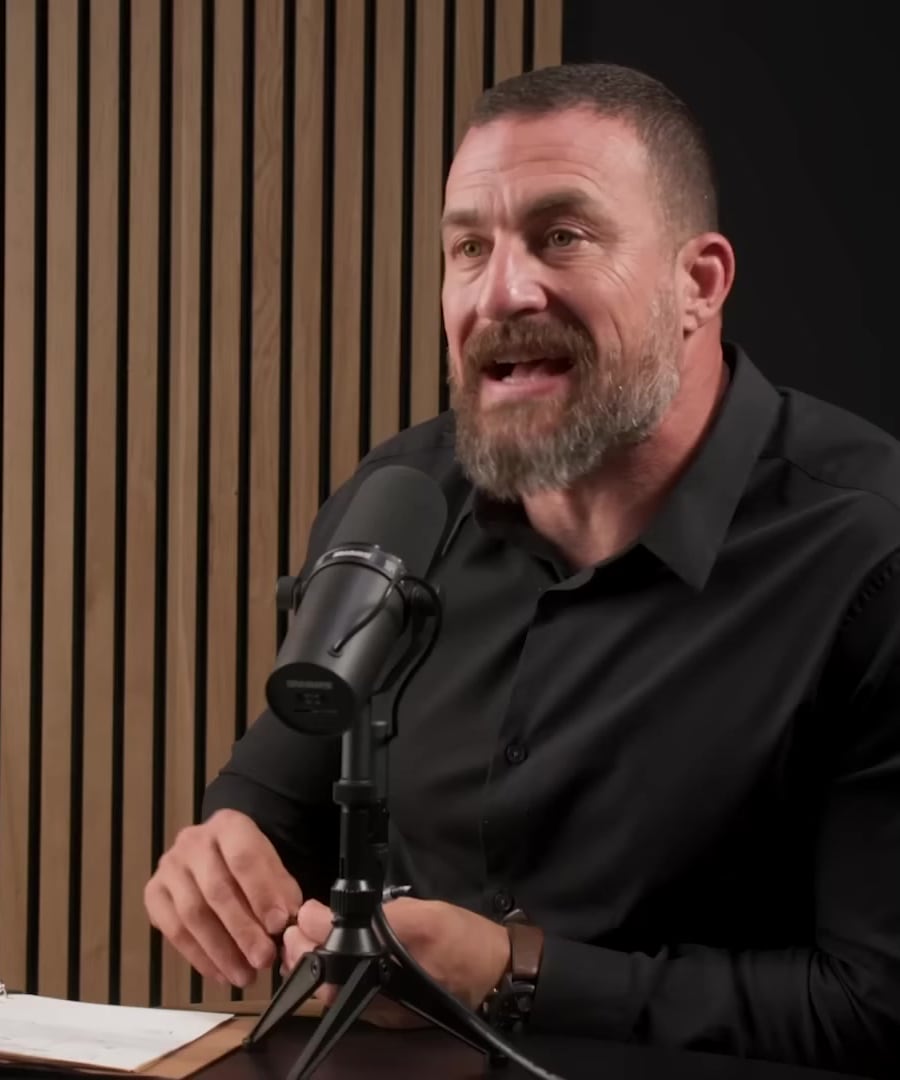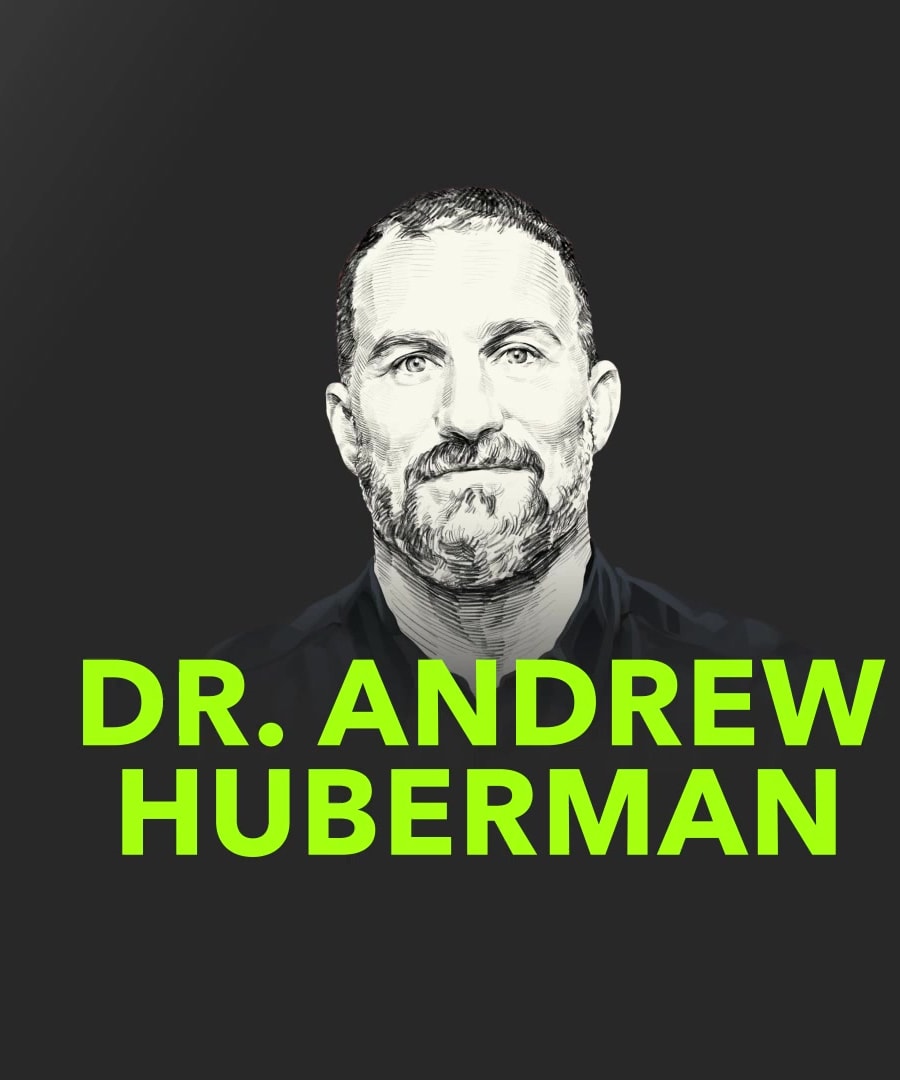What is non-sleep deep rest? (NSDR)
Sources:
Non-sleep deep rest (NSDR) is a term coined by as an umbrella term to describe a range of protocols that can enhance brain and body function. NSDR involves a conscious and intentional shift toward a state of deeper relaxation without falling asleep. This state offers many benefits, such as better mental and physical performance, less anxiety, and support for brain processes involved in plasticity and learning 1.
discusses various forms of NSDR, including meditation, yoga nidra, and hypnosis. Each involves distinct practices and can be tailored towards different goals and outcomes. Hypnosis, for instance, is highlighted for its targeted approach to accelerating brain plasticity and learning. On the other hand, yoga nidra involves lying down and performing specific breathing exercises 1.
NSDR can also help in learning and retention of information by serving as a mental break between long periods of focused activity. A regular practice involving 20-minute bouts of NSDR after approximately 90 minutes of learning has been demonstrated to increase learning rates 2.
recommends NSDR for its restorative properties. It can aid in recovery of lost sleep, reduce anxiety, and regulate motivation and cognitive function by restoring dopamine levels in particular brain areas 3. NSDR has been associated with resetting neuromodulator levels, like dopamine, in the striatum, a brain region involved in motor tasks and planning 4.
Users can find NSDR protocols to practice themselves, as some are freely available on internet platforms like YouTube, where has uploaded one himself 3.
RELATED QUESTIONSCan you teach me some NSDR techniques?
Sources:
Here are a few NSDR techniques described by that you can try:
-
Body Scan:
- Begin by lying down in a comfortable position.
- Slowly scan your body from toes to head, intentionally relaxing each muscle group as you focus on it.
- You can try clenching muscles before relaxing them for a more profound relaxation effect.
- Concentrate on your facial muscles, too, aiming to 'drape' them into complete relaxation 1.
-
Long Exhale Breathing:
- Incorporate breathing techniques that emphasize a longer exhale.
- This type of breathing can increase the probability of transitioning into a deeper relaxation or even back into sleep if you've woken up during the night 2.
-
Perceptual Shifts:
- Move from thinking and planning to a sensation-focused state.
- This involves shifting your attention away from outcomes and processes towards pure sensory experience 3.
-
NSDR Protocols (Yoga Nidra and Hypnosis Scripts):
- Try guided Yoga Nidra or hypnosis sessions, which can be found as free resources.
- Yoga Nidra involves lying on your back and performing long exhale breathing without intentions or movement.
- Clinical hypnosis scripts are designed to rewire your brain circuitry without making you do anything.
- Both protocols are mentioned as powerful tools for enhancing rates of learning and neuroplasticity, and several free resources are available online.
has provided free NSDR scripts on platforms like YouTube; searching for "Huberman NSDR" would yield results such as a 10-minute NSDR protocol read by Dr. Huberman himself. These scripts involve no mystical components, clarify the science behind each part, and are intended to be accessible to a broad audience 3.
You should tailor these NSDR practices to your comfort and preferences, and consistent application of these techniques could help achieve states of deep rest, enhance neuroplasticity, and improve overall well-being.
RELATED QUESTIONS-
What is non-sleep deep rest? (NSDR)
- RELATED QUESTIONS
Can you teach me some NSDR techniques?
- RELATED QUESTIONS
